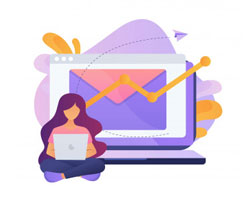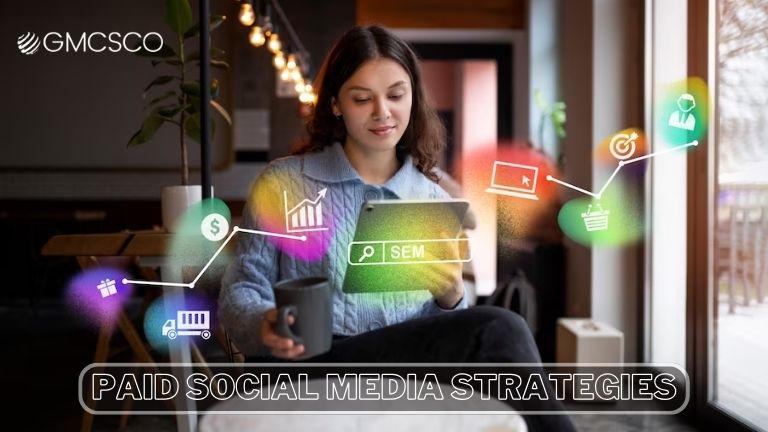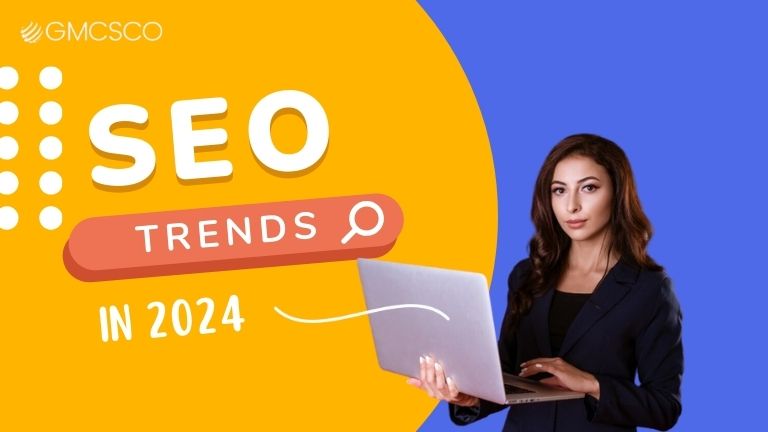5 Paid Social Media Strategies That Generate Leads and Drive Sales
Paid social media advertising can be a powerful tool for generating leads and driving sales for your business. With the right strategies in place, you can target your ideal audience with laser precision and deliver ads that resonate with their needs and desires. Here are five paid social media strategies that can help you achieve your marketing goals: Retarget Website Visitors One of the most effective ways to generate leads from social media is to retarget website visitors who have shown interest in your products or services but haven’t yet converted. These visitors are already familiar with your brand and are more likely to be interested in what you have to offer. You can create targeted ads based on the pages they visited, the products they viewed, or even their demographics and interests. Promote Lead Magnets A lead magnet is an offer that entices potential customers to provide their contact information in exchange for something valuable, such as an ebook, a webinar, or a discount code. Once you have captured their lead, you can nurture them through the sales funnel with email marketing or retargeting ads. Run Contests and Giveaways Contests and giveaways are a great way to generate excitement and engagement on social media. They can also help you attract new followers and grow your brand awareness. When designing your contest, make sure to offer a prize that is relevant to your target audience and that requires them to provide their contact information in order to enter. Use Social Commerce Features Many social media platforms now offer social commerce features that allow you to sell products directly within the platform. This can be a great way to reach new customers and make it easy for them to purchase your products. Partner with Influencers Partnering with influencers can be a great way to reach a wider audience and tap into their credibility and trust. Look for influencers who are relevant to your target audience and who have a strong following on social media. Work with them to create content that promotes your products or services in a natural and engaging way. By implementing these paid social media strategies, you can generate more leads, drive sales, and achieve your marketing goals. Remember to track your results and adjust your approach as needed to ensure that you’re getting the most out of your investment. Also read about Best Social media scheduling tools Here are some additional tips for success with paid social media advertising: Set clear goals and objectives for your campaigns. What do you want to achieve with your advertising? Once you know your goals, you can develop targeted campaigns that are more likely to be successful. Create compelling ad copy and visuals. Your ads need to grab attention and stop people from scrolling. Use strong headlines, eye-catching images, and clear calls to action. Target your ads carefully. Don’t waste your money showing your ads to people who are not interested in what you have to offer. Use the targeting options available on each social media platform to reach your ideal audience. Track your results and make adjustments. Don’t set it and forget it! Monitor your campaigns closely and make adjustments as needed to improve your results. With careful planning and execution, paid social media advertising can be a powerful tool for growing your business. So get started today and see what you can achieve! Also Read Questions to ask Social Media agency Best time to post Instagram reels







